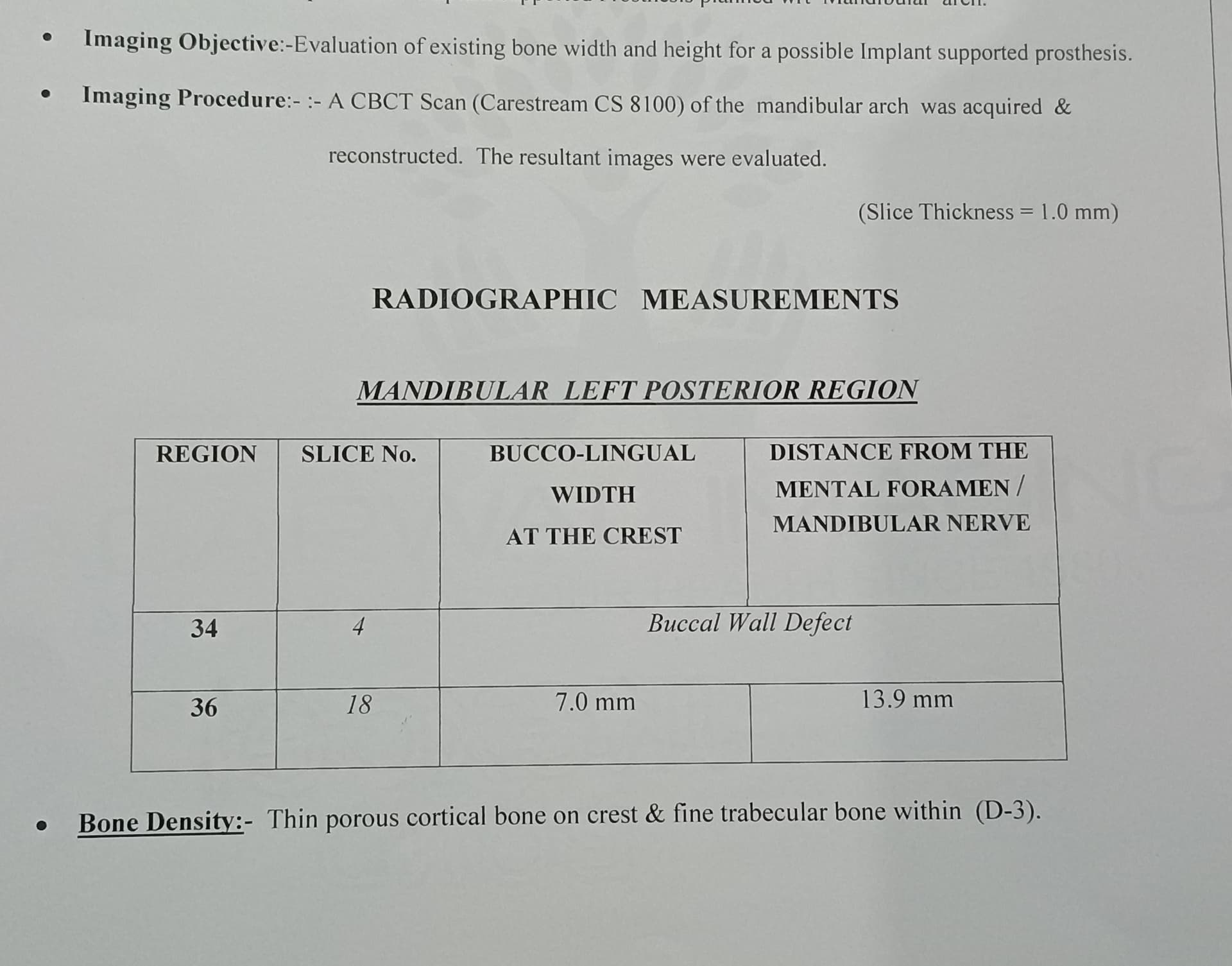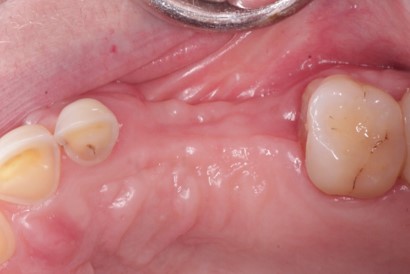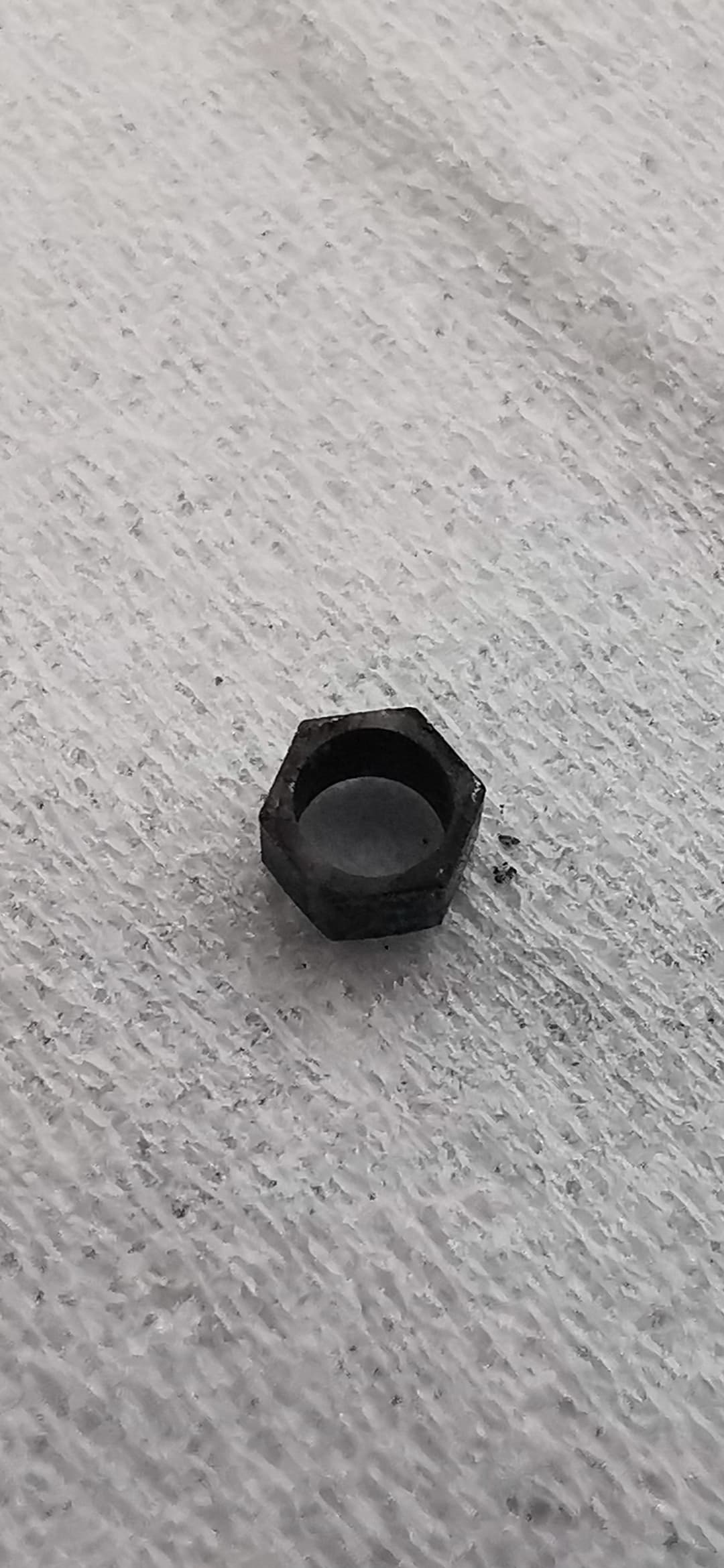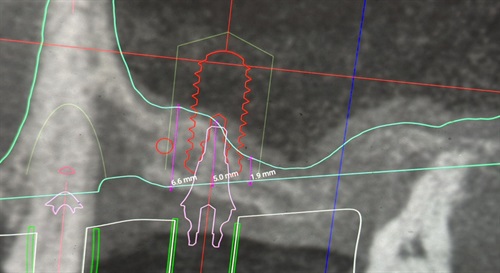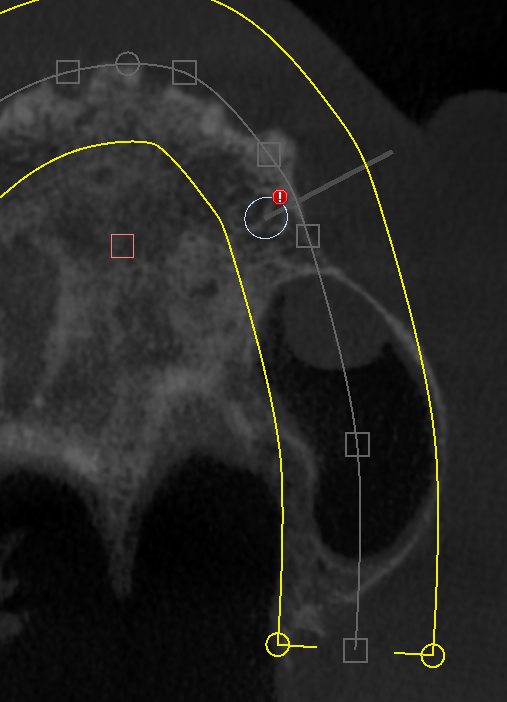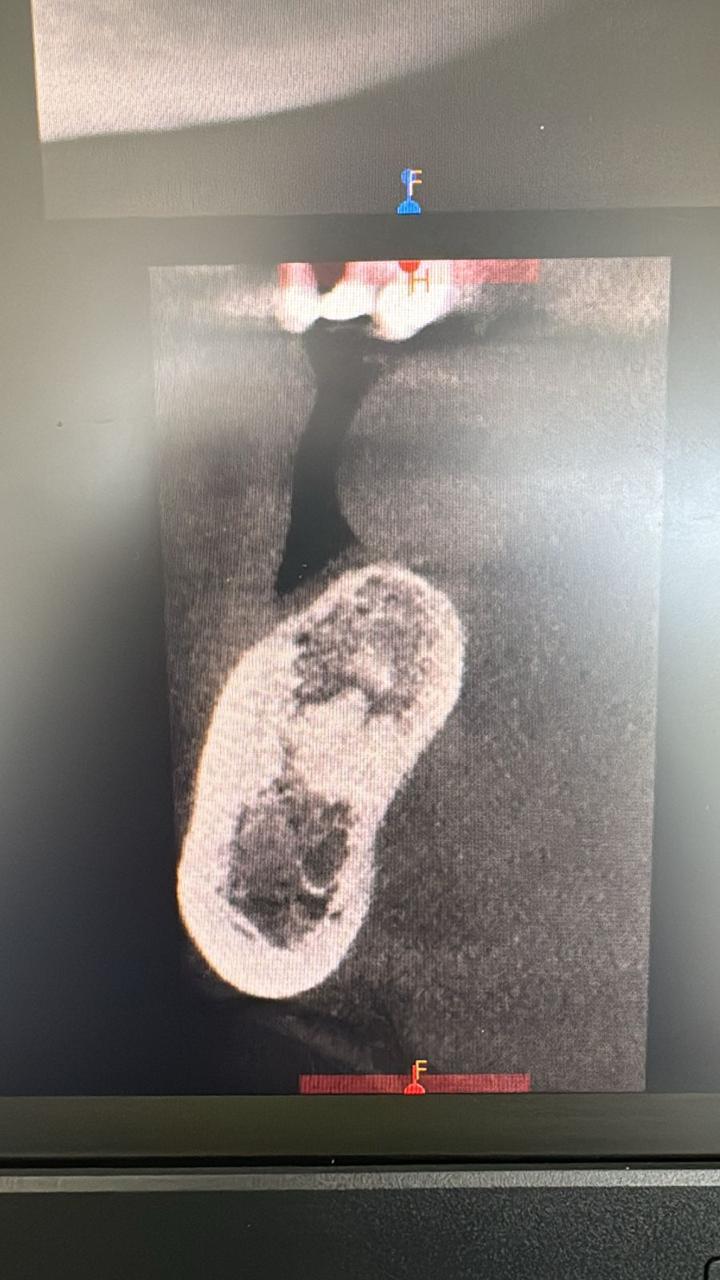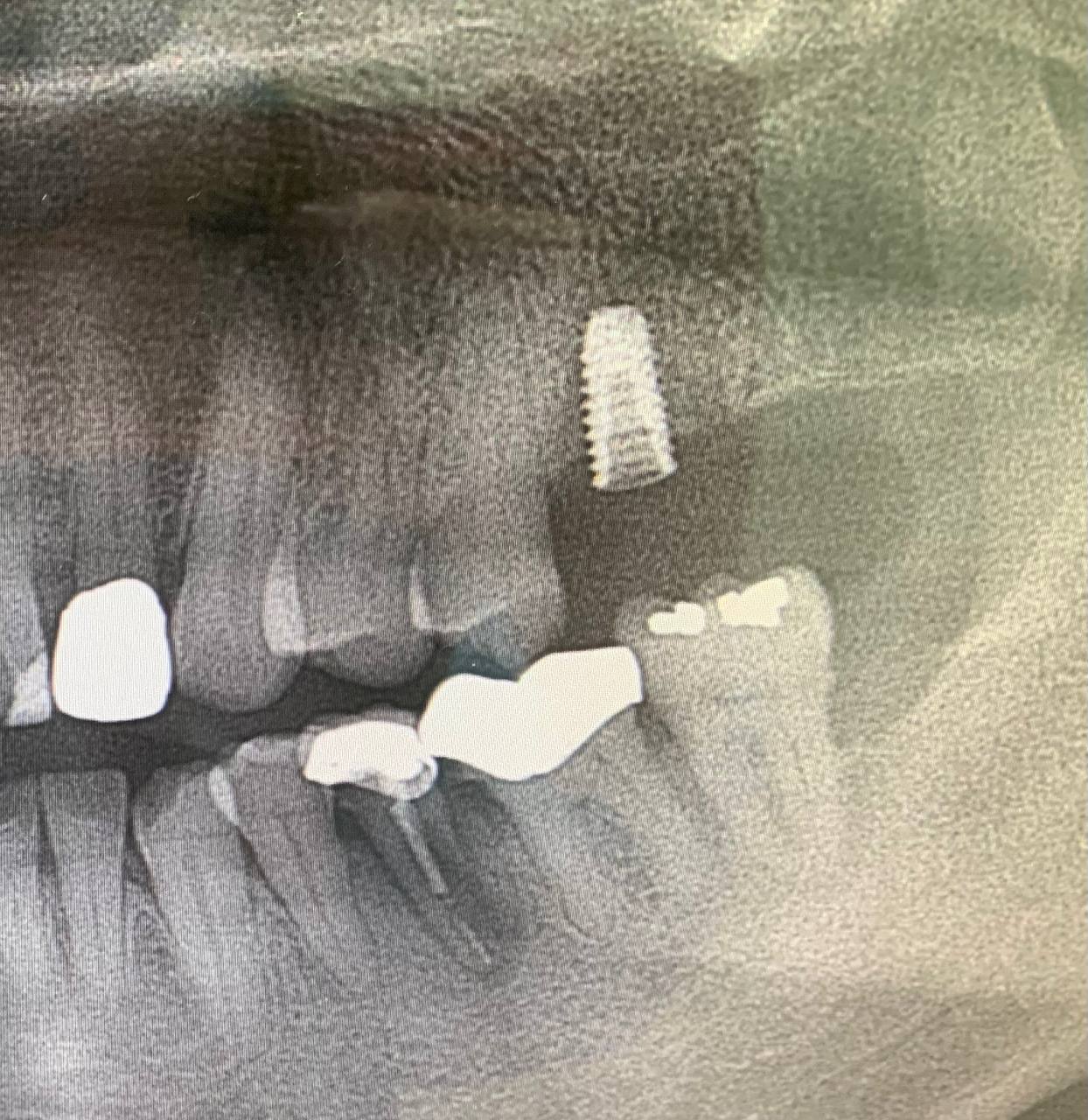Search on for Way to Grow New Teeth
Source: JIM RITTER Health Reporter, Sun Times, www.suntimes.com
It won’t happen anytime soon, but the day may be coming when you go to the dentist to grow a new tooth. More than a dozen research teams in the United States and Europe are experimenting with techniques to grow adult teeth from scratch. Perhaps farthest along is a team headed by researcher Paul Sharpe of Kings College London.
In an e-mail interview, Sharpe said he is seeking funding of $5.2 million to begin testing in humans within three years. The teeth would be “completely normal and identical in every way to existing teeth.”
Growing teeth would be a more natural alternative to dentures, dental implants and bridges.
“People like to have natural materials in their mouths,” said Tom Diekwisch, a dental researcher at the University of Illinois at Chicago who is studying tooth regeneration in lab animals. “You would think that a tooth grown with your own tissues would be more compatible than foreign materials.”
Different teams are using different approaches. But the techniques generally involve directing immature stem cells to develop into tooth tissue.
For example, Sharpe plans to take stem cells from a patient, grow them in a laboratory, then implant them in the gum at the site of the missing tooth. The implant would take about two months to grow into a full tooth.
Perhaps the leading U.S. research team is headed by Pamela Yelick of the Harvard School of Dental Medicine. Her team has used rat stem cells to grow well-formed crowns, with layers of enamel, dentin and pulp. Her team also has grown pig tooth crowns.
Growing whole teeth probably is at least 10 years away. What probably will come before that is repairing teeth by growing tissue. For example, rather than fixing cracked teeth with synthetic materials, dentists would grow new cells to fill the cracks.
“You could seamlessly repair something,” Yelick said. “It would be much stronger.”
It also might be possible to regenerate pulp inside the tooth, thereby eliminating the need for root canals.
The key to growing or regenerating teeth is coaxing stem cells to do the job. A stem cell is an unspecialized cell that can develop into a specialized cell.
Stem cell research is under way on many fronts. For example, researchers hope to coax stem cells to produce insulin for diabetics, regenerate heart muscle for cardiac patients or repair spinal cord injuries for paraplegics.
Some researchers are obtaining stem cells from human embryos, which opponents consider unethical because embryos are destroyed in the process. But the stem cells that would be used to grow or repair teeth would not come from embryos. They instead could be obtained from such sources as the patient’s mouth, jaw, blood or existing teeth. Some researchers prefer to use the term progenitor cells.
Although improved dental care is enabling more people to keep their teeth, tooth loss remains a huge problem. By age 44, nearly seven in 10 American adults have lost at least one tooth to decay or gum disease. And about one in four elderly adults have lost all of their teeth.
It costs anywhere from $1,500 to $3,000 to replace a lost tooth with an implant or a bridge. Sharpe believes it might be cheaper to grow teeth.
“There is an economy of scale,” he said. “It is not much more expensive for us to make 10 teeth or one.”











